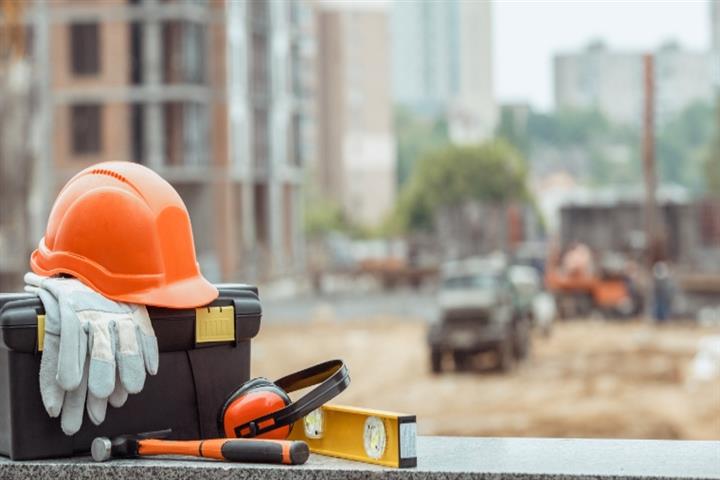• Occupational health and safety
o Occupational safety, work conditions and prevention: accident causes and their consequences, investigation, reporting and cost impact - occupational diseases.
o Identification and analysis of hazards during execution of maintenance and construction works.
o Risk management: objectives, methods, safety procedures, overview of legal obligations.
• Product-related hazards and precautions
o Product-related hazards in refineries, petrochemical and chemical plants: main properties (flammable, explosive, toxic, noxious, corrosive, asphyxiating, harmful for the environment), gas detection (LEL), precautions, ATEX requirements.
o Pressure and temperature related hazards.
o Toxicology: limits, specific cases: asbestos, H2S, benzene; biological risks.
• Work-related hazards
o Material transportation equipment, manual and mechanical handling.
o Decommissioning: risks related to equipment opening and line breaking, isolation procedure, blinding and spading work, circuit lockout and tagging procedure.
o Work in confined spaces: vessel opening, ventilation, gas testing, entry permit, risk variation during work execution.
o Work at heights: rules for installing and using scaffolding, ladders and harnesses.
o Use of tools and construction equipment: portable, power and air actuated tools; abrasive blasting; painting; high pressure cleaning, use of cleanup tank trucks and flexible hoses, chemical cleaning; rigging, lifting, hoisting.
o Hot works: welding, cutting and heating, grinding.
o Hazardous radiation: working with radioactive sources, X-ray work, specific risks. Risks related to electrical work: classification of hazardous areas and equipment requirements; current through the human body, burns, personal protection; worker certification.
• Risk management and prevention
o Legislation overview: directives; safety and health requirements for the use of equipment.
o Safety procedures: work permit types and validity; purposes, application, job safety analysis, precautions, constraints; commitment and responsibility of contractors, maintenance. SHE and issuing operation department; permit endorsement.
o Planning and monitoring safety of contracted works on site: coordination with contractors, co-activity and interface management; preparation of prevention plan and risk assessment.
o Danger resulting from unsafe acts and/or unsafe conditions: sources of hazards, tasks/risks analysis, managing contractors and subcontractors.
• Management of Change (MOC)
o Personal Protective Equipment (PPE)






comments (0)